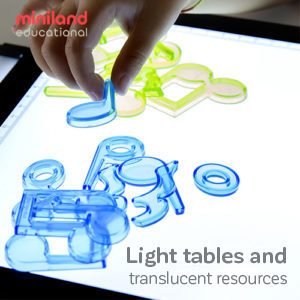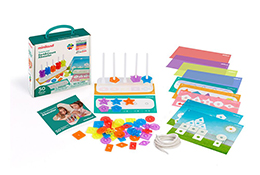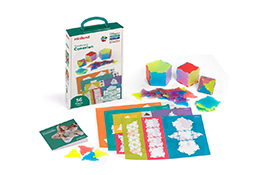This is truly fun and interactive game that I (and my students!) thoroughly enjoyed playing in my classroom!
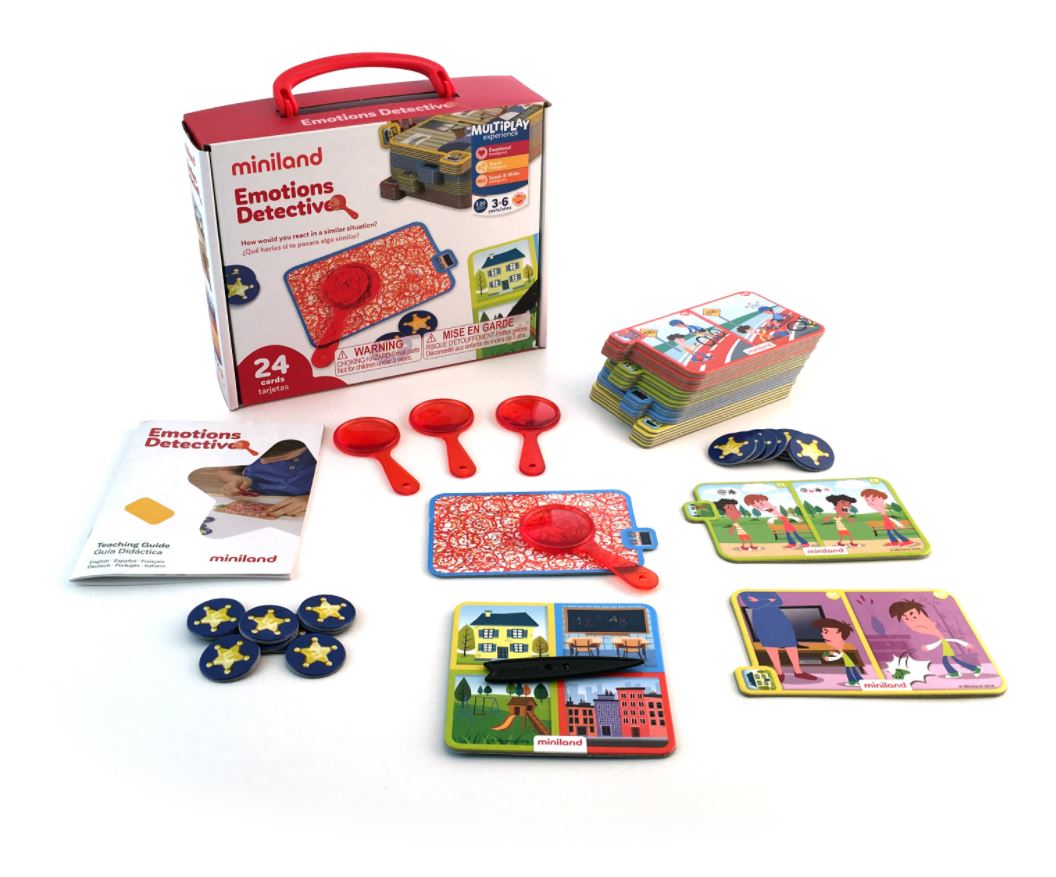
Here’s a breakdown of what the game includes:
· Includes: The game comes with 24 cards, 18 stars, 1 Roulette Spinner, 4 Magnifying glasses
· Ages: Best for children ages 3 to 6
· Players: Anywhere from 4 to the entire classroom (break into 4 groups)
· Price: $22
· Play Time: 15 minutes to an hour (open-ended)
· Buy: Amazon, Play Therapy Supply and School Specialty.
The divider tabs on each of the “unsolved cases” cards and the category colors make it very easy for the children to identify which environment they will be choosing. The playing cards are sturdy and have attractive images that the children were easily able to explain. The emotions on each character are visible and easy to identify.
What’s great about this game is, there are endless scenarios that could happen with each card!
Here’s my take on making the most out of Emotions Detective:
Lesson Plan: Emotions Detective
I found that when I started asking the children “What is the problem in the scene?” and then followed with “What could be a solution?” the children were able to correctly predict the hidden image with minimal prompting.
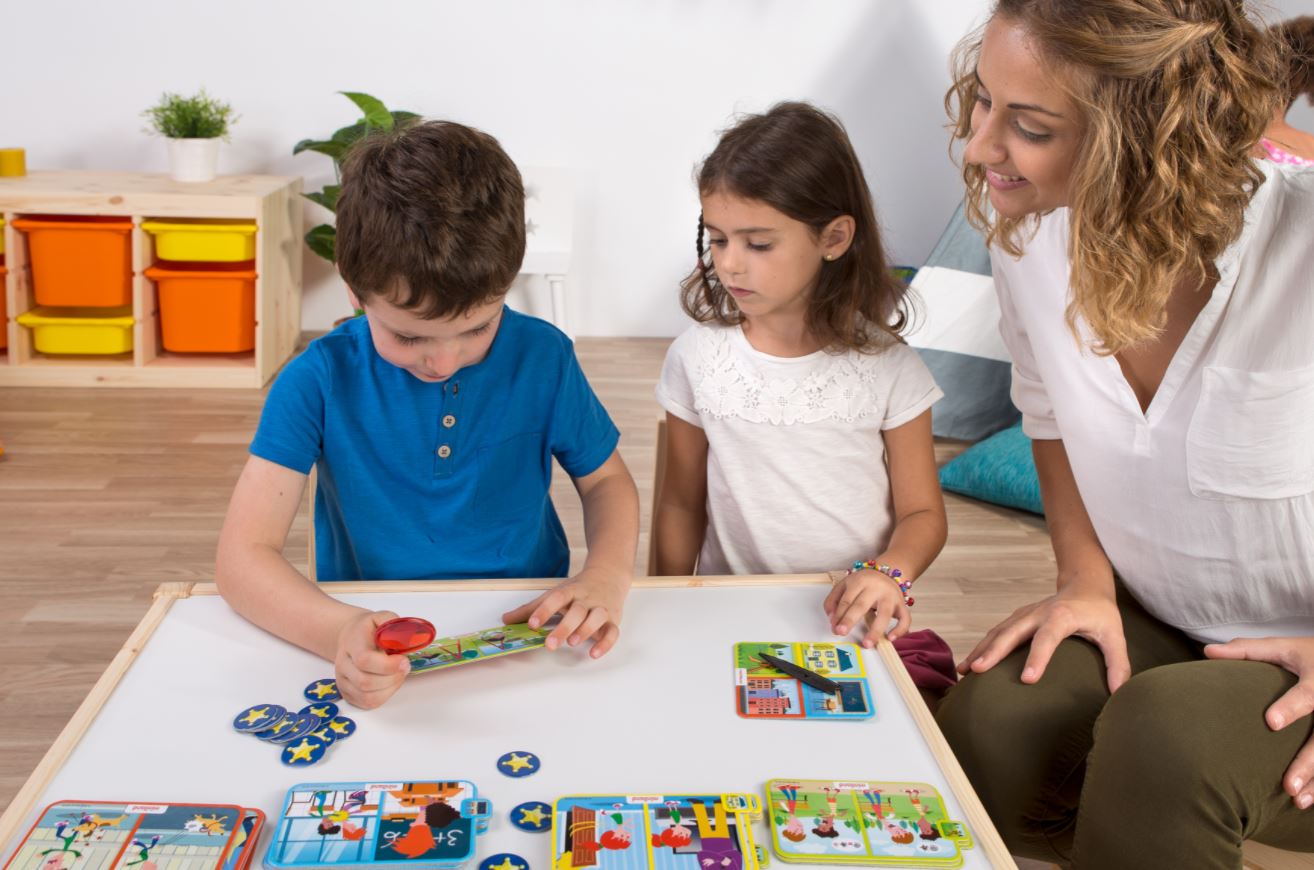
Teaching Guide Set: (Introduction to the game)
Teacher (T): Detectives solve mysteries by finding clues. In this game we are going to be detectives and look for clues in the “unsolved cases” cards.
Q & A : “What is an unsolved case?” (prompt for answers)
A: An unsolved case is a problem that needs a solution.
Q: What is a solution? (prompt for answers)
A: A solution is a problem that can be fixed.
T: Today we are going to use our sense of sight (point to eyes) and our reasoning skills (point to brain) as we ask questions to help us find the solution to the problem. For each card we are going to ask questions to help the detective find the solution to the problem and solve the mystery.
Deductive Reasoning: Example Questions to ask your students:
What is the setting of the picture?
Who do you see in the picture?
What is happening in the picture?
Who is showing emotions in the picture?
What emotion does the child in the picture feel?
Why does the child feel that way?
How could the child have acted differently?
*What is the problem in the scene?
*What could be a solution to the problem?
*Having trouble? Let’s use the magnifying glasses to help us find the answer!
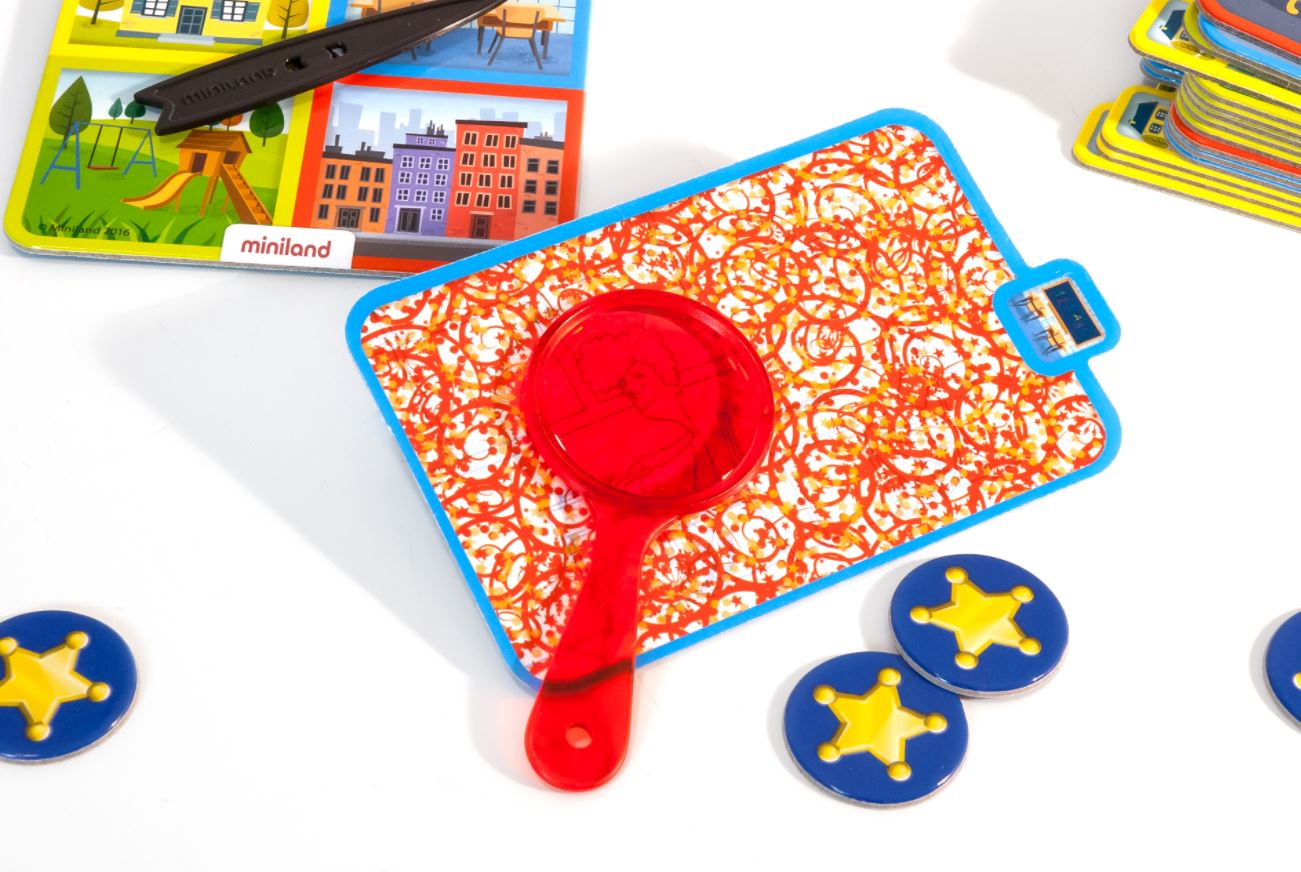
These are questions that you can use to prompt responses from your students. These types of questions develop critical thinking skills and language development.
You can also model the questions at first and then have the students playing the game be the ones asking the “Deductive Reasoning” questions which will also promote more student engagement.
As a recommendation, you should preview the cards before gameplay to assist in guiding the students.
Completion of round: (Review the emotion /correct response)
This is an opportunity for you to review the correct emotions identified in the cards, and helping guide your students to the solution. It’s also a great way to take the answers a step further: help them come up with scenarios where they felt those same emotions on the cards.
T: That’s wonderful you solved the mystery! The problem was that the child acted
________when __________. The solution to the problem was ____________.
Like detectives say “There is always a solution to any problem!” (Whole group chant)
T: When have you felt ____ before? What was your solution?

Curriculum:
· Identifying Problem and Solutions
· Predicting
· Ask/Answer Open Ended Questions
· Development of Oral Language
· Development of written language: encourage students to write down their answers and read them aloud (if able)
Interaction: This game has so many positive attributes! I found that:
• Students loved “being detectives”
• Students loved the sheriff tokens
· Students were easily able to name the emotion and find a solution
· Students then shared their own personal stories of feeling that same emotion and how they dealt with it.
Emotions Detective incorporates oral language skills and emotional development in a really fun and interactive way.
It’s a great tool for you to present to students for the following lessons:
· Identifying emotions
· Identifying problem and solutions
· Encouraging reading and writing
· Encouraging compassion and empathy among students
· Encouraging students to understand one another better
We hope you enjoy our first Lesson Plan on Emotions Detective! Stay tuned for additional Lesson Plans for each of our products to inspire you to easily play Miniland in your classrooms.
For more information on Miniland and to interact with other Teachers, be sure to follow us on Instagram and Facebook!
